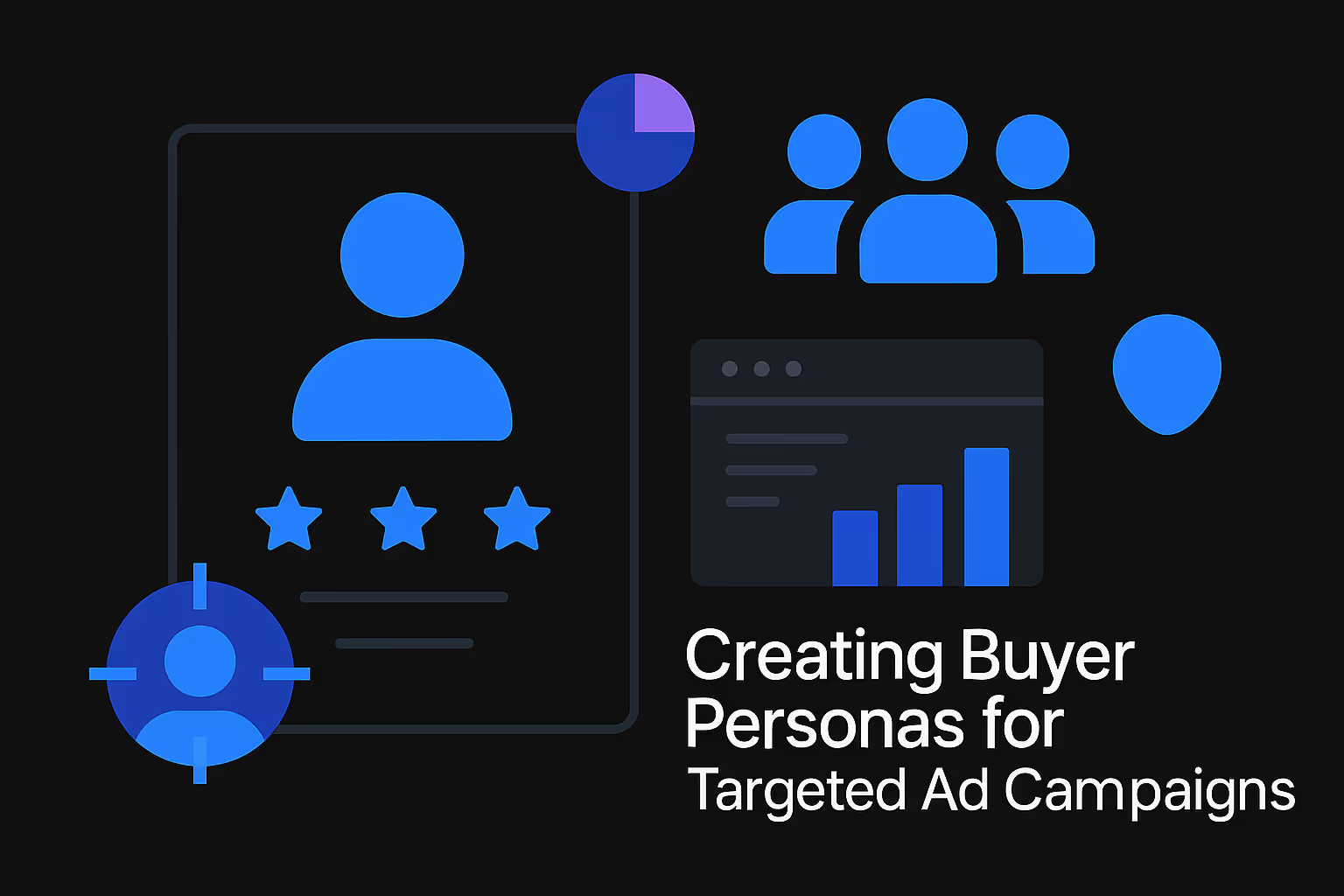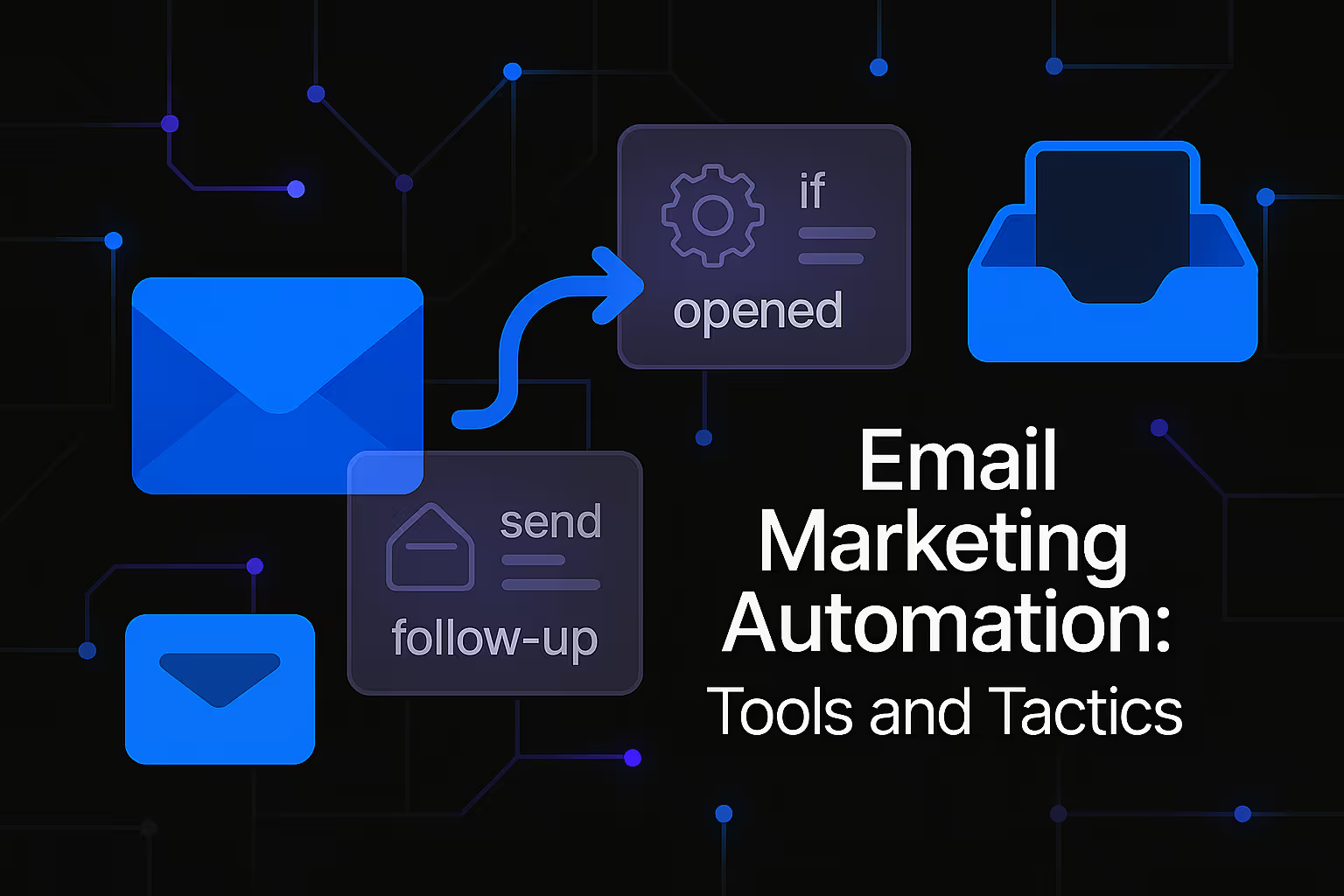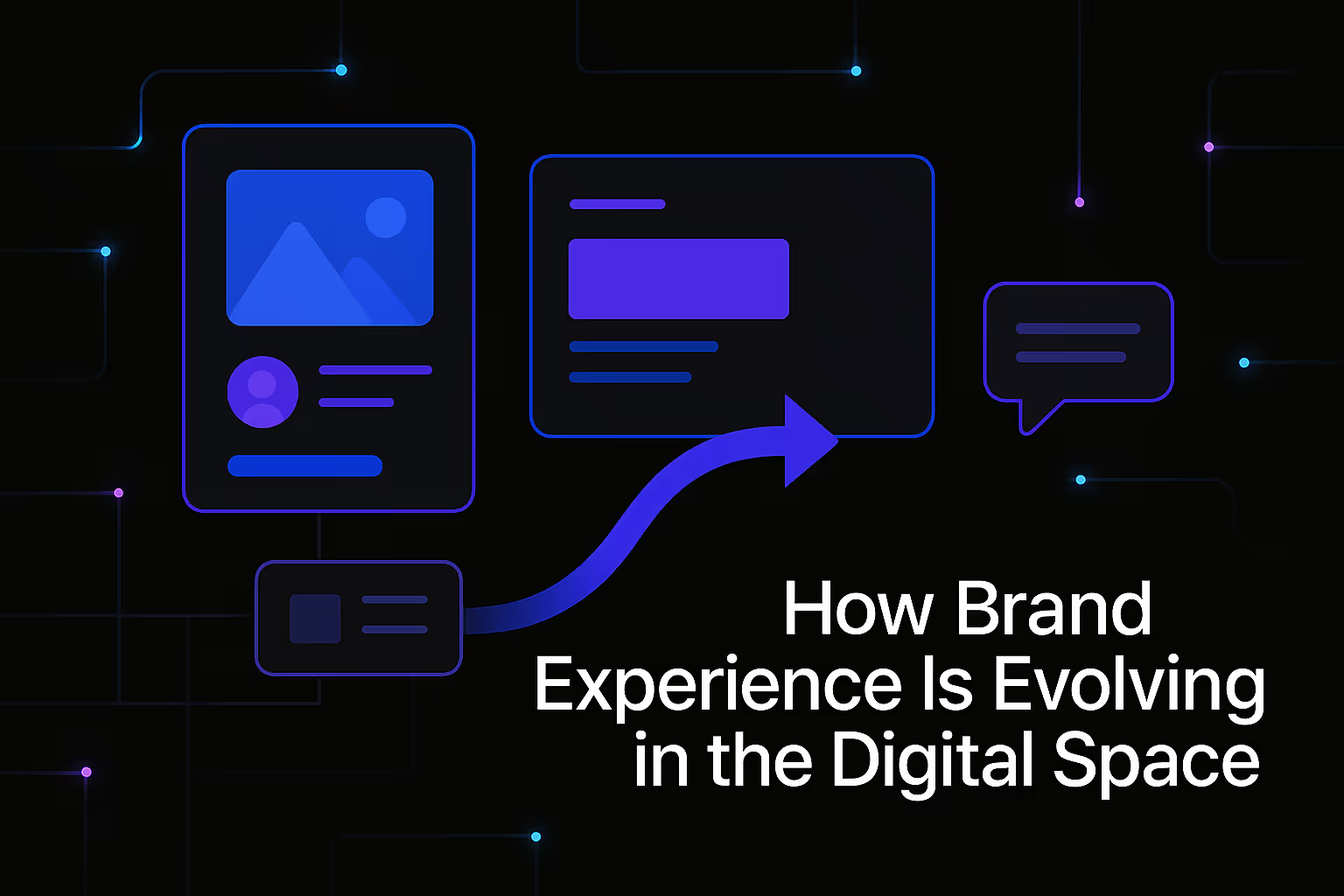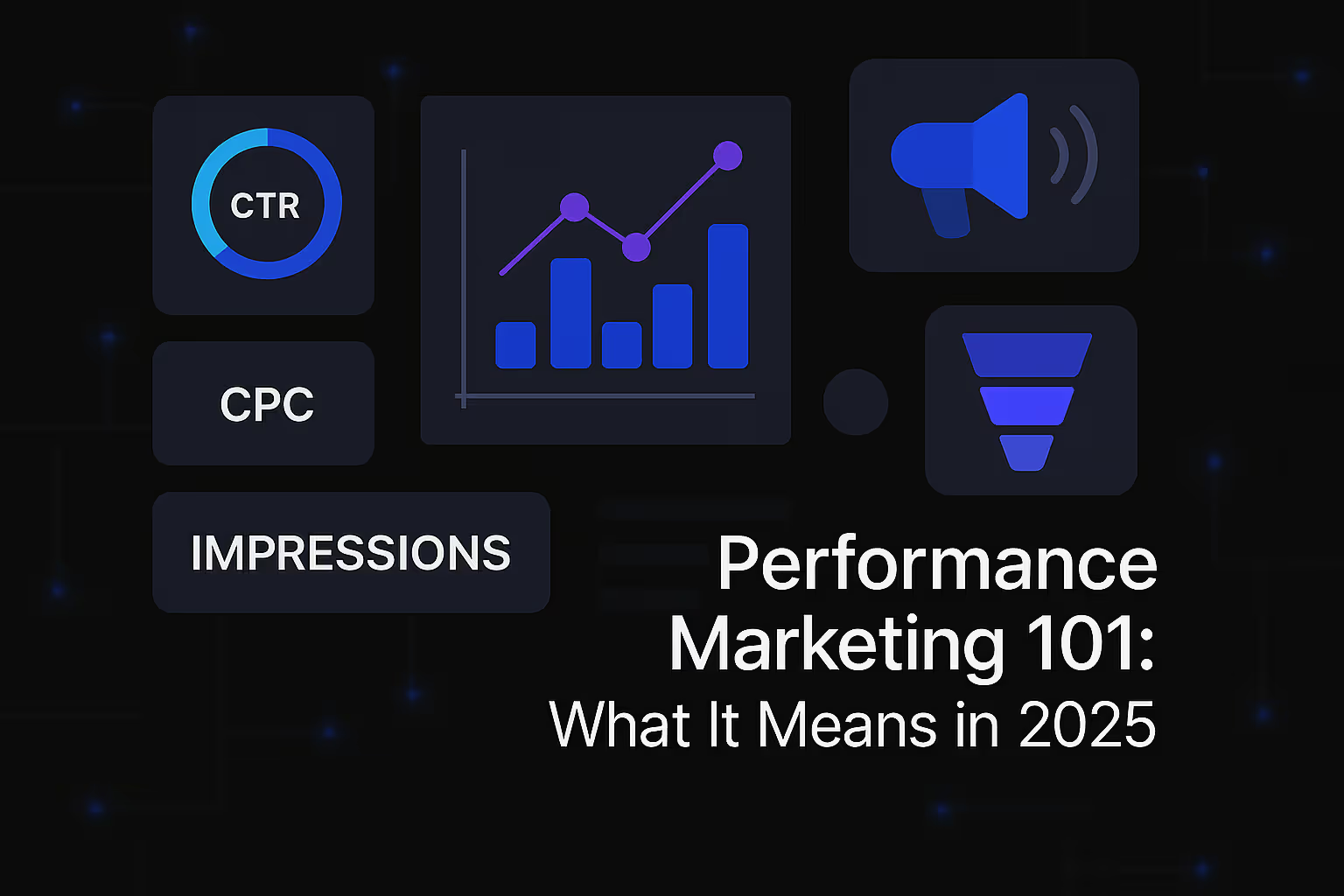Creating Buyer Personas for Targeted Ad Campaigns

The Foundation of Effective Advertising: Understanding Your Audience
In the dynamic world of digital marketing, the success of any advertising campaign hinges on one crucial element: understanding your audience. Without a clear, detailed picture of who you're trying to reach, even the most innovative ad creatives and generous budgets can fall flat. This is where buyer personas come into play, serving as the bedrock for highly effective, targeted ad campaigns. Far beyond simple demographics, buyer personas delve into the psychographics, motivations, challenges, and behaviors of your ideal customers, transforming abstract market segments into relatable individuals. By humanizing your target audience, you can craft messages that resonate deeply, allocate your advertising spend more efficiently, and ultimately achieve a significantly higher return on investment.
Think of it this way: launching an ad campaign without buyer personas is akin to sailing without a map. You might eventually reach a destination, but the journey will be inefficient, fraught with uncertainty, and likely lead to wasted resources. Conversely, with well-defined personas, you gain a compass and a clear course, enabling you to navigate the complexities of ad targeting with precision and confidence. This foundational step empowers marketers to move beyond guesswork, embracing a data-driven approach that prioritizes the user experience and aligns perfectly with modern SEO principles that emphasize user intent and helpful content.
The evolution of search engines and advertising platforms has made it increasingly vital to create content and campaigns that truly serve human users. A "people-first" philosophy, as championed by leading search engines, dictates that content should be helpful, reliable, and designed to satisfy genuine user needs. Buyer personas are the key to unlocking this user-centric approach in your advertising, allowing you to tailor everything from ad copy and visual elements to chosen platforms and targeting parameters with remarkable accuracy. This detailed understanding fosters a stronger connection with your potential customers, building trust and establishing credibility – core tenets of successful online engagement.
Constructing Comprehensive Buyer Personas
The process of creating buyer personas is an investigative journey, combining research, analysis, and a touch of empathetic imagination. It involves gathering both quantitative and qualitative data to paint a holistic picture of your ideal customer. This isn't about inventing fictional characters in a vacuum; it's about synthesizing real-world insights into representative archetypes that guide your strategic decisions.
Initial Research and Data Collection
The first step in crafting robust buyer personas is to embark on thorough research. This involves tapping into various data sources, both internal and external, to gather a comprehensive understanding of your existing and potential customers.
One invaluable resource lies within your own customer relationship management (CRM) system. Dive into the data to identify commonalities among your most valuable customers. Look for patterns in their purchase history, engagement levels, and demographic information. This quantitative data provides a solid starting point, highlighting broad trends and characteristics that can inform your persona development. Similarly, web analytics platforms offer a wealth of information about how users interact with your website. Analyze visitor demographics, their journey through your site, the content they consume, and the pages where they convert or abandon. This behavioral data provides critical insights into user intent and preferences.
Beyond your own data, market research reports offer a broader perspective on industry trends, competitor analysis, and shifts in consumer behavior. These external sources can help you identify emerging needs and opportunities, ensuring your personas are grounded in the current market landscape. Social media analytics also provide a rich tapestry of information. Observe discussions, identify pain points, and understand the language your target audience uses to describe their challenges and aspirations. This qualitative data can reveal nuanced insights that quantitative data might miss.
Perhaps one of the most powerful research methods is direct engagement with your existing customers. Conduct interviews, send out surveys, and facilitate focus groups. Ask open-ended questions about their goals, their biggest challenges, how they discover solutions, what influences their purchasing decisions, and their general online habits. These conversations offer invaluable first-hand accounts that bring your personas to life, adding depth and authenticity to their profiles. Sales teams and customer service representatives are also excellent sources of qualitative data. They interact with customers daily, hearing their questions, concerns, and successes directly. Their insights can shed light on common objections, recurring needs, and effective communication strategies.
Identifying Key Persona Attributes
Once you've collected a substantial amount of data, the next phase involves synthesizing this information into actionable attributes for each persona. This is where you begin to define the unique characteristics that distinguish one persona from another.
Start with demographic information, as it provides a basic framework. This includes age, gender, income level, education, marital status, and geographic location. While these are foundational, remember that they are just the tip of the iceberg. True persona depth lies beyond these surface-level details.
Next, delve into professional background if your business targets B2B clients. What is their job title, industry, company size, and level of experience? Understanding their professional context helps in tailoring messaging that addresses their specific business challenges and opportunities. For B2C, consider their lifestyle, hobbies, and interests, as these often influence purchasing decisions.
Crucially, identify their goals and motivations. What are they trying to achieve, both personally and professionally? What drives their decisions? Are they seeking efficiency, cost savings, convenience, status, or something else entirely? Understanding their underlying motivations allows you to position your product or service as the ideal solution to their aspirations.
Equally important are their pain points and challenges. What problems are they facing? What obstacles prevent them from reaching their goals? What frustrations do they experience with existing solutions or processes? Addressing these pain points directly in your ad copy demonstrates empathy and positions your offering as a genuine problem-solver.
Consider their information consumption habits. Where do they seek information? Do they prefer blogs, social media, industry publications, podcasts, or video content? Knowing their preferred channels helps you decide where to place your ads and what type of content will resonate most effectively. Furthermore, identify their purchasing behaviors. What influences their decisions? Are they budget-conscious, brand-loyal, early adopters, or do they rely heavily on reviews and recommendations? Understanding their buying journey is crucial for guiding them through your sales funnel.
Finally, give your personas names and even assign a representative image. While these are superficial elements, they help to humanize the data and make the personas more tangible and memorable for your marketing team. The goal is to create a detailed, narrative profile that everyone involved in ad campaign development can easily understand and reference.
Refining and Validating Personas
Creating personas is not a one-time event; it's an iterative process that requires ongoing refinement and validation. As your business evolves, as market conditions shift, and as you gather more data, your personas may need adjustments to remain accurate and effective.
Once initial persona drafts are complete, it's vital to share them with key stakeholders across your organization. This includes sales, customer service, product development, and management. Encourage feedback and discussions. Do these personas resonate with their understanding of your customers? Do they accurately reflect the people they interact with daily? This collaborative validation process ensures that your personas are widely accepted and utilized throughout the company, fostering a unified customer understanding.
Furthermore, test your assumptions. The personas are hypotheses based on your research. As you deploy ad campaigns, monitor their performance against these persona profiles. Are the ads performing as expected for specific segments? Are there discrepancies between your persona's predicted behavior and actual campaign results? Data from your ad campaigns, such as click-through rates, conversion rates, and engagement metrics, can provide valuable feedback for refining your personas. If certain ad creatives or targeting strategies perform unexpectedly well or poorly for a persona, it might indicate a need to revise that persona's profile.
Regularly review and update your personas, perhaps on a quarterly or semi-annual basis. The digital landscape is constantly evolving, and so are consumer behaviors and preferences. New technologies, social trends, or changes in your product or service offering can all necessitate persona adjustments. This continuous feedback loop ensures that your buyer personas remain accurate, relevant, and effective tools for guiding your marketing and advertising efforts. The goal is to maintain a dynamic, living document that accurately reflects your ideal customer base, enabling you to consistently adapt your strategies for optimal performance.
Leveraging Buyer Personas for Targeted Ad Campaigns
With well-defined buyer personas in hand, you're now equipped to transform generic advertising into highly targeted, compelling campaigns that deliver measurable results. This is where the theoretical understanding of your audience translates into practical, impactful advertising strategies.
Crafting Persona-Specific Ad Copy and Visuals
The core benefit of buyer personas in ad campaigns lies in their ability to inform the creation of highly relevant ad copy and visuals. Generic messaging appeals to no one specifically; persona-driven messaging speaks directly to the individual.
Begin by aligning your ad copy with each persona's unique goals and pain points. If one persona prioritizes efficiency, your ad copy should highlight how your solution saves time and streamlines processes. If another is concerned about cost, emphasize affordability and return on investment. Use the language they use, echoing their terminology and addressing their specific challenges. This demonstrates empathy and immediate relevance, making the ad feel tailor-made for them. The headline is particularly critical; it must grab their attention by speaking directly to their needs or aspirations. The body copy then expands on how your product or service provides the ultimate solution, using a tone and style that resonates with their personality and communication preferences.
Similarly, visual elements should be carefully selected to appeal to each persona. Consider the demographic and psychographic characteristics of your personas when choosing images or videos. Does one persona respond better to professional, corporate imagery, while another prefers more casual, lifestyle-oriented visuals? The colors, people, settings, and overall aesthetic of your ads should reflect the world and aspirations of your target persona. For instance, if your persona is a young professional focused on career advancement, an image of someone confidently presenting in a modern office might be more effective than a generic stock photo. The visual component is often the first point of contact, and it must immediately convey relevance and appeal.
Furthermore, consider the call to action (CTA). While a general CTA might be "Learn More," a persona-specific CTA could be "Download the ROI Calculator" for a finance-focused persona or "Get Your Free Productivity Guide" for an efficiency-driven one. Tailoring the CTA directly to their perceived next step and desired outcome significantly increases the likelihood of conversion. The entire ad creative – from the headline to the image to the CTA – should seamlessly work together to speak a unified, highly relevant message to each specific buyer persona.
Strategic Channel and Platform Selection
Buyer personas are indispensable in guiding your decisions about where to place your targeted ads. Not all platforms are equally effective for reaching every audience segment, and understanding your personas' online habits is key to optimizing your ad spend.
Start by identifying the digital channels and platforms where your personas spend their time. If your persona is a business professional, LinkedIn might be a primary advertising channel due to its professional networking focus. If they are a young, visually-oriented individual, platforms like Instagram, TikTok, or YouTube might be more effective. For an older demographic, Facebook could still be a highly relevant platform. Don't assume; use the data gathered during persona creation to inform these choices. This also extends to more niche platforms, industry forums, or specialized websites that a particular persona might frequent.
Beyond the general platform, consider specific ad formats and placements within those platforms. Does your persona respond well to short-form video ads, long-form explainer videos, static image ads, carousel ads, or text-based search ads? For example, a persona actively researching solutions might be best reached through search engine marketing (SEM) with highly targeted keywords, while a persona interested in visual content might be better engaged through display ads or social media video campaigns.
The concept of contextual targeting also becomes highly effective with personas. By understanding the content and topics that interest each persona, you can place your ads on websites, apps, or videos that are contextually relevant to their interests. For instance, if a persona is interested in sustainable living, placing ads on eco-friendly blogs or news sites would be a highly effective strategy. This ensures that your ads are not just seen by the right people, but also by the right people at the right time and in the right context.
Finally, consider the device preferences of your personas. Are they primarily mobile users, desktop users, or do they switch seamlessly between devices? Optimizing your ads for their preferred device ensures a seamless and positive user experience, further enhancing the effectiveness of your campaigns. Strategic channel and platform selection, informed by deep persona insights, allows you to maximize reach and engagement with minimal wasted impressions.
Optimizing Targeting Parameters for Precision
One of the most powerful applications of buyer personas is their ability to inform and refine your ad targeting parameters, enabling a level of precision that significantly boosts campaign performance. This moves beyond broad demographic targeting to a nuanced approach that leverages behavioral and psychographic data.
Leverage the demographic data from your personas to set basic targeting parameters such as age range, gender, and geographical location within advertising platforms. However, the real power lies in going deeper. Use their interests and behaviors to refine your targeting. Most ad platforms allow you to target users based on their expressed interests, pages they follow, content they engage with, and even their online purchasing behaviors. If your persona is a fitness enthusiast, you can target individuals interested in health, nutrition, or specific sports.
Consider using lookalike audiences based on your existing customer data, which is often a strong reflection of your ideal personas. Advertising platforms can identify users with similar characteristics to your current customer base, expanding your reach to highly qualified prospects who mirror your successful personas. This leverages the intelligence of the platform to find new audiences that align with your existing successful segments.
Behavioral targeting is another potent tool. If your personas exhibit certain online behaviors, such as frequently visiting specific types of websites, engaging with certain content formats, or showing intent to purchase particular product categories, you can use these signals to reach them. For instance, a persona actively researching new software solutions could be targeted with ads on business technology review sites.
Furthermore, retargeting strategies can be optimized with personas. Instead of showing the same retargeting ad to everyone who visited your site, you can segment your retargeting audiences based on the pages they viewed, the content they downloaded, or the stage they reached in your sales funnel, and then serve them persona-specific ads that address their specific interests or objections. If a persona visited your pricing page but didn't convert, a retargeting ad could highlight a special offer or address common pricing concerns relevant to that persona.
By meticulously applying persona insights to your targeting parameters, you move away from broad-stroke advertising to highly personalized outreach. This precision ensures that your ad budget is spent on reaching the most qualified individuals, those who are genuinely interested in and likely to benefit from your product or service, leading to higher engagement rates, improved conversion rates, and a more efficient allocation of marketing resources. This alignment with user intent is a cornerstone of modern, effective advertising and robust SEO.
Measuring Success and Iterating for Improvement
The journey of creating and leveraging buyer personas for targeted ad campaigns doesn't end with launching the ads. To truly maximize your return on investment and continuously improve your marketing efforts, it's essential to measure the success of your campaigns and iterate based on performance data. This iterative process ensures that your strategies remain agile and responsive to the ever-changing digital landscape.
Tracking Persona-Specific Performance Metrics
To understand the effectiveness of your persona-driven campaigns, you must track key performance indicators (KPIs) that align with your advertising objectives. These metrics provide tangible evidence of what's working and what needs adjustment.
Start by monitoring standard ad campaign metrics like click-through rate (CTR). A higher CTR for a persona-specific ad suggests that the copy and visuals are highly relevant and engaging for that particular audience segment. Similarly, track conversion rates, which are perhaps the most critical indicator of success. Are the persona-targeted ads leading to desired actions, whether it's a purchase, a lead form submission, a download, or a sign-up? A strong conversion rate confirms that your persona insights are translating into tangible business outcomes.
Beyond these fundamental metrics, delve deeper. Analyze the cost per acquisition (CPA) or cost per lead (CPL) for each persona. Are some personas more expensive to acquire than others? This information can help you reallocate budgets or refine your targeting to optimize efficiency. Also, track return on ad spend (ROAS) to understand the revenue generated for every dollar spent on advertising for each persona segment. This financial metric provides a clear picture of profitability.
Furthermore, observe engagement metrics within the ad platforms. Are users spending more time viewing your video ads? Are they commenting or sharing your social media ads? High engagement often indicates a strong connection with the persona and can precede conversions. If your goal is brand awareness, look at impressions and reach within the persona's targeted channels. The specific KPIs you focus on will depend on the primary objectives of each individual campaign, but the key is to track them at the persona level to gain granular insights.
A/B Testing and Continuous Optimization
The insights gained from tracking performance metrics are the fuel for A/B testing and continuous optimization. This methodical approach allows you to systematically improve your ad campaigns by experimenting with different elements and learning from the results.
Implement A/B tests on various ad elements for each persona. This could involve testing different headlines, ad copy variations, visual creatives, calls to action, or even landing page designs. For instance, if you have two personas, you might test which type of image resonates more with Persona A, while simultaneously testing different value propositions in the ad copy for Persona B. The goal is to isolate variables and determine which elements produce the best results for a given persona. This iterative testing process allows for marginal gains that accumulate into significant improvements over time.
Based on the performance data, make data-driven adjustments to your campaigns. If a particular ad creative for a persona is underperforming, revise it based on insights gleaned from your research and test new variations. If a specific targeting parameter isn't yielding the desired results, adjust the audience criteria. This could involve narrowing or broadening interests, refining demographics, or experimenting with different lookalike audience percentages. The key is to avoid making arbitrary changes; every adjustment should be informed by the data you've collected.
Continuously monitor industry trends and competitor strategies to keep your personas and campaigns relevant. The digital landscape is always shifting, with new platforms emerging, algorithms changing, and consumer behaviors evolving. Stay abreast of these changes and be prepared to adapt your personas and advertising strategies accordingly. This proactive approach ensures that your campaigns remain competitive and continue to deliver optimal results. By embracing a mindset of continuous learning and refinement, your buyer personas will not only guide your initial ad campaigns but will also serve as dynamic tools for ongoing marketing excellence, driving sustainable growth and a superior return on investment.
The Future of Persona-Driven Advertising
The integration of buyer personas into targeted ad campaigns is not merely a current best practice; it's a foundational element for the future of digital marketing. As advertising platforms become increasingly sophisticated and consumer expectations for personalized experiences grow, the strategic importance of deeply understanding your audience will only intensify.
The evolution of artificial intelligence and machine learning in advertising promises even greater precision in targeting. However, these technologies thrive on robust data and clear objectives. Well-defined buyer personas provide the qualitative and psychographic context that makes AI-driven targeting truly intelligent. Instead of simply relying on algorithms to find patterns, personas infuse campaigns with a human-centric understanding, ensuring that personalization is meaningful and effective, rather than merely automated. This synergy between human insight and technological capability will define the next generation of highly successful ad campaigns.
Furthermore, the emphasis on E-E-A-T (Experience, Expertise, Authoritativeness, and Trustworthiness) in content creation and ranking extends directly to advertising. Ads that demonstrate a deep understanding of the audience's needs and genuinely offer solutions, rather than just pushing products, will naturally build more trust and authority. Buyer personas are the direct pathway to achieving this, enabling brands to communicate with authenticity and relevance. When an ad truly resonates with an individual's specific challenges and aspirations, it fosters a sense of being understood, which is invaluable in building long-term customer relationships.
In an increasingly competitive digital marketplace, where attention is a scarce commodity, the ability to cut through the noise with highly targeted, deeply resonant messages will be the ultimate differentiator. Buyer personas empower marketers to do exactly that, transforming mass marketing efforts into precise, impactful conversations with individuals. They are not just tools for advertising; they are catalysts for building stronger brands, fostering genuine connections, and driving sustainable business growth by consistently putting the customer at the heart of every campaign. The investment in creating and continuously refining these detailed portraits of your ideal customers will yield dividends for years to come, ensuring your ad campaigns are not just seen, but truly felt and acted upon.
Similar Insights
Stay Updated with Our Insights
Join our newsletter for the latest trends and tips in web development and digital marketing.




